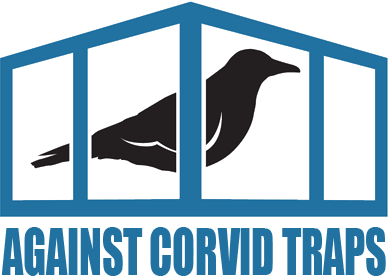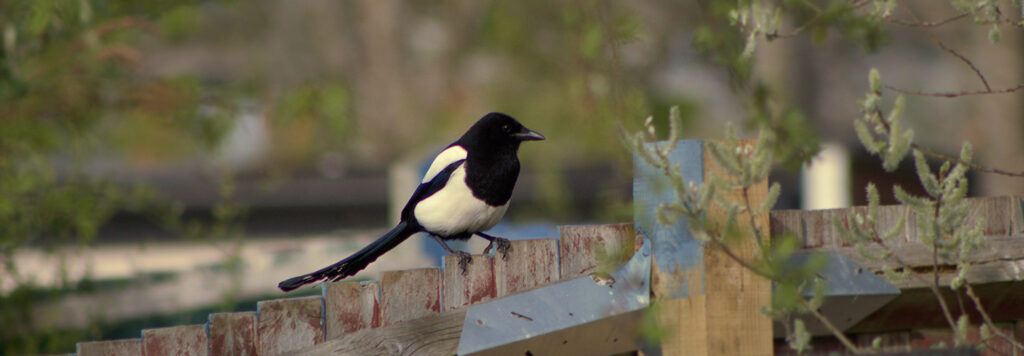
Corvid Traps
Corvid traps, sometimes also known as crow traps, are used to capture crows, magpies, and rooks. These wild bird traps also capture non-target species such as songbirds, pets, mammals and birds of prey. Moreover, birds caught in crow traps can be injured or killed, prolonging suffering. Use of indiscreet corvid traps, such as Larsen Traps and Ladder Traps, also means that they are ineffective in controlling corvid populations, as the target species are often not captured.
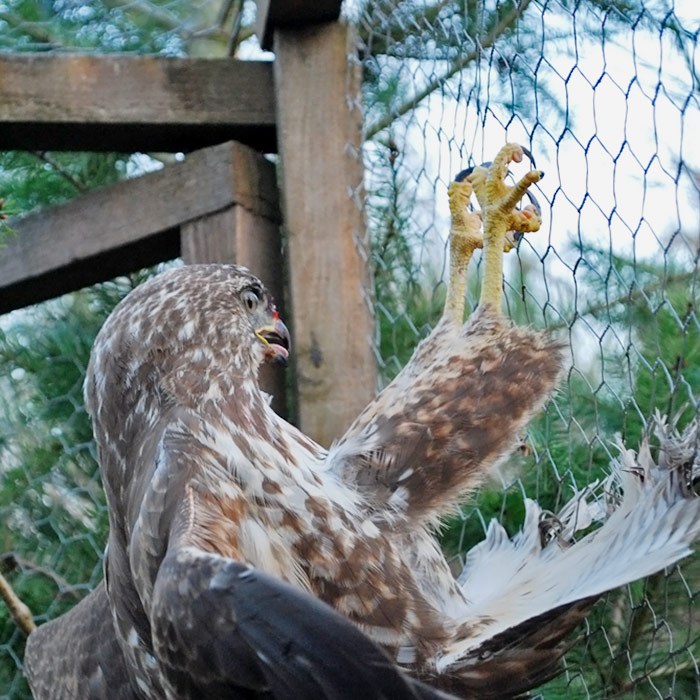
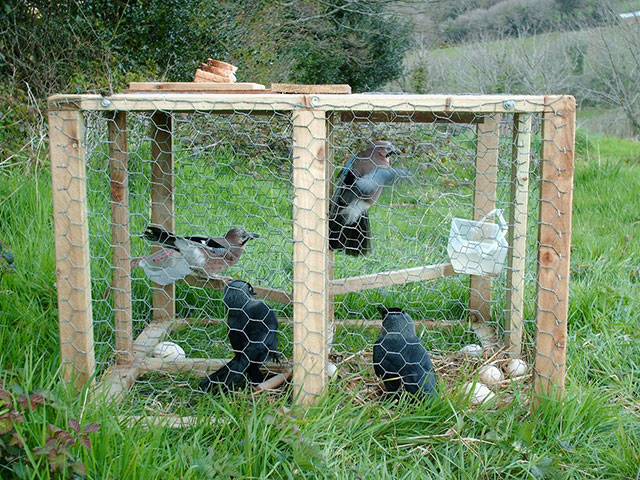
Larsen Traps
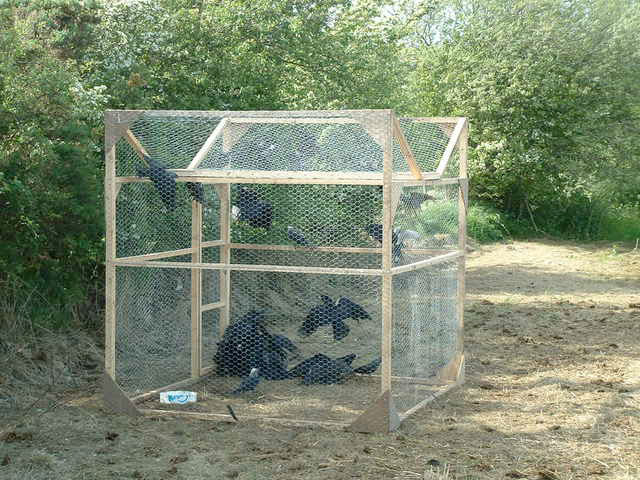
Ladder Traps
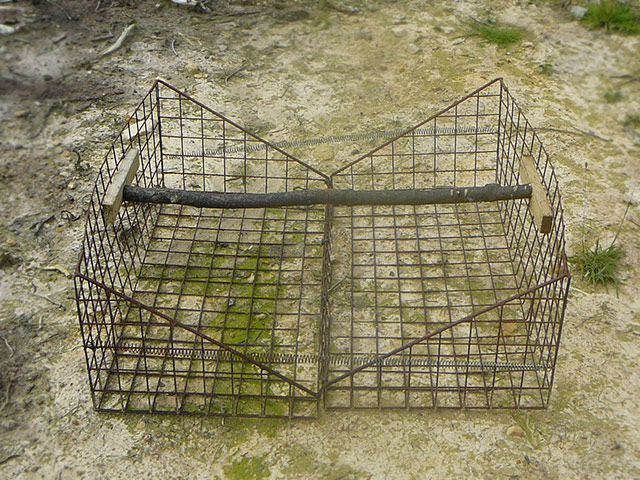
Raptor Traps
Anti Magpie Propaganda
Most of the anti-magpie, and anti-predator propaganda originates from game shooting interests. The organisation Songbird Survival has been behind much of the recent propaganda with Viscount Coke, a principle Trustee and spokesman for the group.
However, the heir to the Holkham estate,Wells-Next-The-Sea, Norfolk is no stranger to controversy and in June 2000 faced 12 charges relating to the use of poisons on the family’s Norfolk estate. While the case against him was later dropped, his charges followed the conviction in March that year of one of the estate’s gamekeepers for shooting and poisoning three kestrels, which he blamed for killing partridges being raised for shooting.
So be aware of black propaganda against magpies, crows, or birds of prey. Somewhere behind it you will generally find the dark hand of game shooting lurking.
Alternatives to Corvid traps
There are many alternatives to corvid traps that can provide more appropriate and sustainable methods of managing wildlife. Non-lethal materials such as reflector tape, scarecrows and noise makers can also be effective at in the deterring birds. These methods can be used to create a less attractive environment for corvids, reducing any impact they may have on local ecosystems. Removing corvids, for example, could increase the numbers of other bird species, creating inequalities in the ecosystem.
Habitat modification includes changes in the environment to make it less attractive to birds. For example, planting crops that do not attract corvids or removing food sources can discourage corvids from inhabiting in the area.
